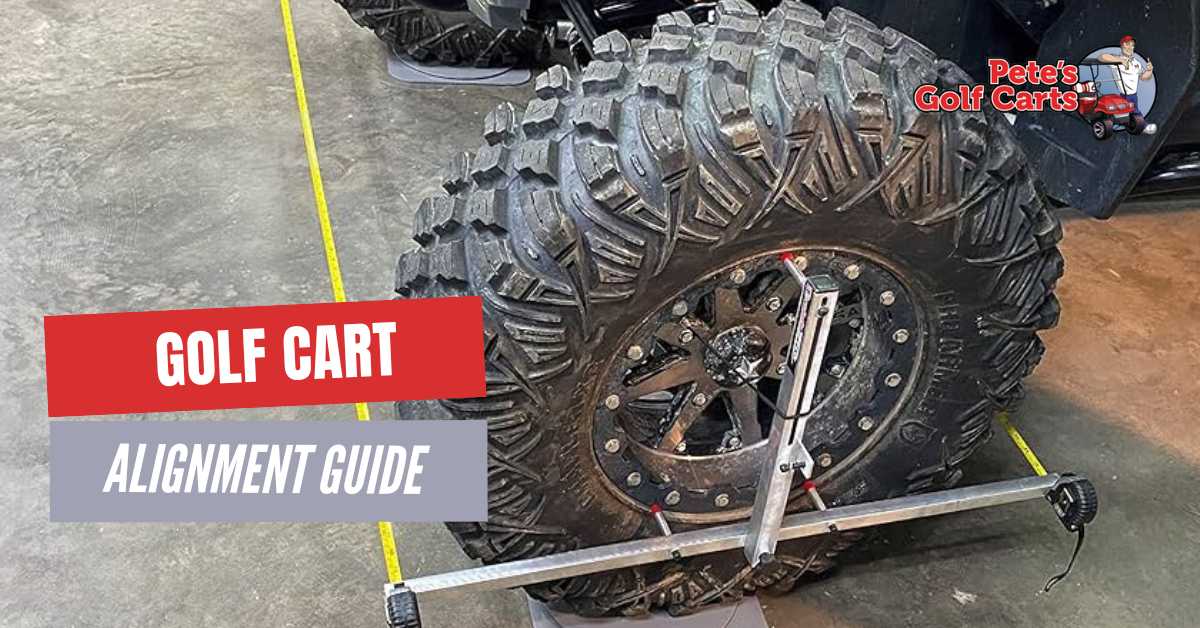
Picture this: You’re cruising down the fairway on a sunny afternoon, enjoying the breeze and the beautiful scenery, when suddenly your golf cart starts pulling to one side. You fight the steering wheel, trying to stay on course, but the bumpy ride and squealing tires are ruining your relaxing round. Sound familiar?If so, your golf…









